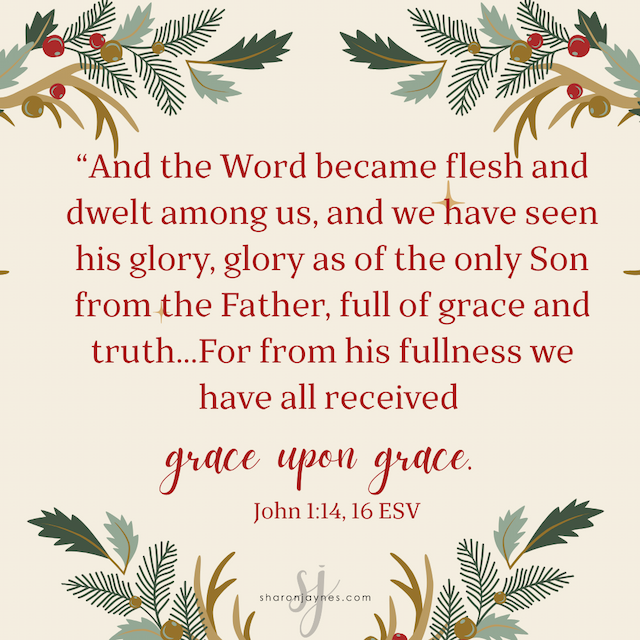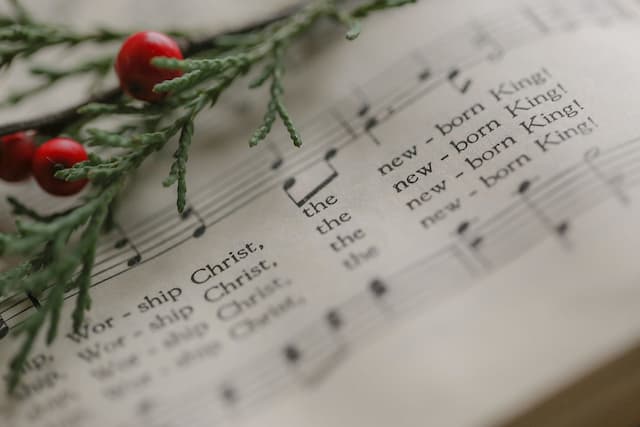The Land of Canaan in Patriarchal Times – Part 2
This post is a continuation of a study on the land of Canaan in patriarchal times. To read Part 1 of this post, click here.
Canaanite Temples
One of the most important features of a Canaanite city was its holy place. Canaanite holy places have been found in Byblos, Ras Shamra, Lachish, Hazor, and Megiddo. Canaanite temples were conceived as the house for the god whose presence was symbolized by a statue of the deity or a sacred object representing the god or goddess.
Many Canaanite temples were tripartite: each had an open court, an inner room (the holy place) and a holy of holies. The Canaanites also built altars on hill tops all over the area. The Old Testament declares, that like the Canaanites, the Israelites began to worship Canaanite gods “on every high hill and under every green tree” (Jeremiah 2:20; 3:6 NRSV).
Associated with the Canaanite temples and shrines were the men and women who served as cultic functionaries called “the holy ones.” These were male and female cultic prostitutes who played a central role in the fertility religion of the Canaanites. The prophet Hosea decried these pagan practices when he proclaimed that in their apostasy, the men of Israel “consort with harlots, and sacrifice with shrine prostitutes” (Hosea 4:14).
Sacred or cultic prostitution was practiced in order to ensure the fertility of the land. Fertility of the field, flock, and family was thought to depend upon the sexual relations between Baal and Anath (or Asherah). According to a pattern of sympathetic magic, the worshipers of Baal imitated the actions they desired Baal to perform. Thus male and female worshipers engaged in sacred sexual acts in the temple in order to assure for themselves the blessings of nature.
Another practice associated with Canaanite holy places was child sacrifice. Children were offered to the Canaanite gods as the supreme sacrifice and as a demonstration of faith by the worshiper
Canaanite Religion
Canaanite religion became a serious menace to later Israelites. Archaeology has greatly contributed to the understanding of Canaanite religion. The religious texts discovered at Ras Shamra (Ugarit), near the Mediterranean coast of Syria, have provided a remarkable picture of the religion of the Canaanites, of their gods and goddesses, temples and religious rituals. Canaanite religion was a fertility cult. Canaanite fertility religion revolved around the sexual relationship among the gods and goddesses. The Canaanite Pantheon consisted of many gods and goddesses.
El. The Ugaritic texts identify El as the chief god in the Canaanite pantheon. He was the father of the 70 gods. He was also the creator of humanity and of the physical universe. El was a Semitic word that means “god.” In the Ras Shamra texts, El is depicted as a benevolent and merciful god but also as an old man and quite inactive.
Asherah. Asherah was El’s consort and mother of all the gods. She is called “The Lady, Asherah of the sea.” Asherah was also the goddess of fertility and her symbol was the wooden pole. This tree, also known as “the tree of life, ” represented the procreative power of the goddess. Asherah appears in the Ras Shamra texts as Athirat.
Baal. In the Ras Shamra texts, Baal was the active and great god of the Canaanite pantheon. Baal was the god of rain and fertility. His name means “master,” “owner.” Baal was also known as “the rider of the clouds” because he was the god who brought rain and lighting.
Anath. Anath appears in the Canaanite text as the consort of Baal. She is also presented as the goddess of war and sexuality. The image of Anath is these stories is one of beauty and terror since she goes against those who oppose Baal. Even Mot, the god of death, was no match for her ferocity. Anath killed Mot because he had killed Baal. The texts also praise her beauty. Anath was referred to as the most beautiful among the sisters of Baal. Anath does not appear in the Old Testament. Her name appears as part of some place names, such as Anathoth, the hometown of the prophet Jeremiah (Jeremiah 1:1) and as the name of Shamgar’s father, one of the judges of Israel (Judges 3:31).
Cultic Objects
Several cultic objects were associated with Canaanite religion. The bamoth was the high places were shrines and altars to Baal were built. The asherah was the wooden pole representing the goddess Asherah. The bull was a symbol of fertility and was used to represent both El and Baal. The worshipers of Baal wore special garments in the worship of their god. These garments identified a person as a follower of Baal ( 2 Kings 23:7; 2 Kings 10:22).
Abraham, Isaac, and Jacob had many contacts with the people who lived in the land of Canaan. They would have heard and known about El and Asherah, Baal and Anath and the other deities that formed part of the Canaanite pantheon. They were familiar with the religious beliefs and practices of the people of land. But in the midst of the religious fervor present in Canaanite society, the patriarchs remained firm in their faith in the one true God. Each of them had to deal with the implications of living among the Canaanites and yet not being willing to compromise their faith and commitment to the true God.
God’s request in Genesis 22 is to be understood in the context of commitment and compromise . The Old Testament attests that human sacrifice was practiced among the Canaanites. The sacrifice of the firstborn is attested in Canaanite religious texts. Abraham may have understood God’s request in the context that child sacrifice was a popular practice among the people who lived in the land of Canaan. But the request was a test of Abraham’s faith, not a misguided response by Abraham to popular Canaanite religious practice. Contrary to the practices of the Canaanites, human sacrifice was not a possibility for the people of Israel (Deuteronomy 12: 29-31).
To the patriarchs, Canaan was the land of promise; it was “a good and spacious land, a land flowing with milk and honey” (Exodus 3:8). Moses, in his farewell address to the new generation of Israelites who were about to enter the land, extolled the land of Canaan for its riches and abundance. He said:
“For the LORD your God is bringing you into a good land—a land with streams and pools of water, with springs flowing in the valleys and hills; a land with wheat and barley, vines and fig trees, pomegranates, olive oil and honey; a land where bread will not be scarce and you will lack nothing; a land where the rocks are iron and you can dig copper out of the hills” (Deut. 8:7-9).
That was the land the Lord was giving the Israelite as their inheritance, the land of Canaan.
NOTE: For other articles on archaeology, archaeological discoveries, and how they relate to the Bible, read my post Can Archaeology Prove the Bible?
Claude Mariottini
Emeritus Professor of Old Testament
Northern Baptist Seminary
NOTE: Did you like this post? Do you think other people would like to read this post? Be sure to share this post on Facebook and share a link on Twitter or Tumblr so that others may enjoy reading it too!
I would love to hear from you! Let me know what you thought of this post by leaving a comment below. Be sure to like my page on Facebook, follow me on Twitter, follow me on Tumblr, Facebook, and subscribe to my blog to receive each post by email.
If you are looking for other series of studies on the Old Testament, visit the Archive section and you will find many studies that deal with a variety of topics.






